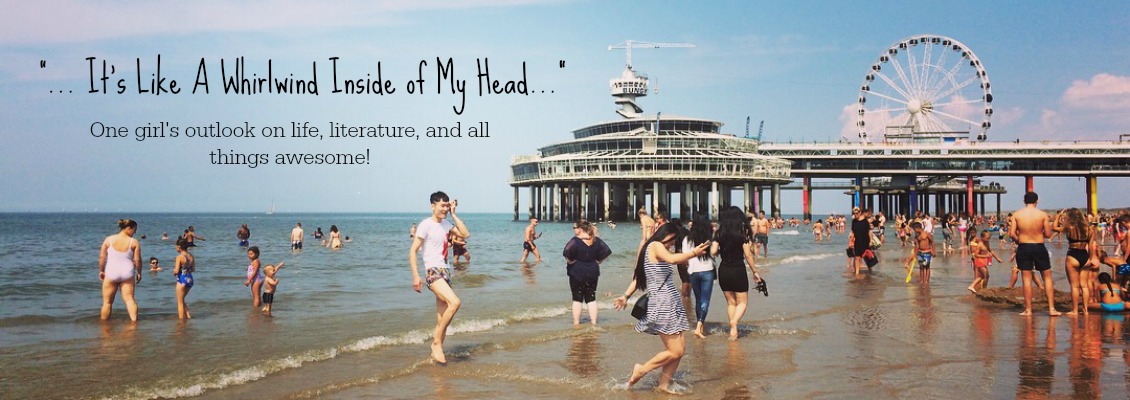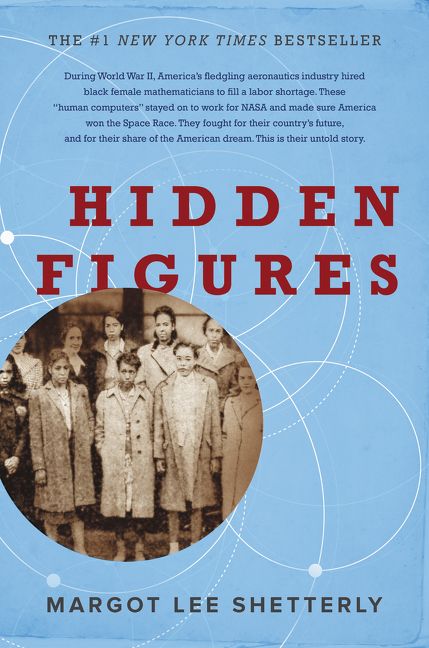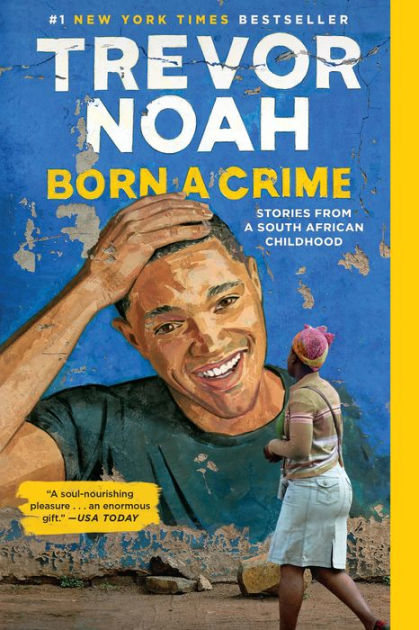 When I was pregnant this past year, I really didn't post about it other than very surface-level things or really vague things. But I really like talking about my birth experience because it's such an interesting thing to have gone through. The best part is, I wouldn't change a thing other than the fact that I gave birth in the middle of a global pandemic. So, here is what that experience was like.
When I was pregnant this past year, I really didn't post about it other than very surface-level things or really vague things. But I really like talking about my birth experience because it's such an interesting thing to have gone through. The best part is, I wouldn't change a thing other than the fact that I gave birth in the middle of a global pandemic. So, here is what that experience was like.The week of my due date was a very emotionally-charged one, understandably. Prior to this week, I had talked with my doctor about the possibility of inducing the Monday after my due date, if I hadn't spontaneously gone into labor before then (that's what it's called-- kind of a scary term!). In order for her to deliver my baby though, she decided to schedule me for the Friday night before so that she'd be there that Saturday, which I was happy with. So either way, I knew that this week was the last week I would be pregnant this time around. Either this baby would decide to come out or he'd come out on my terms, essentially. I was nervous about the fact that I was about to eject a new human from my body and I was nervous about things potentially going wrong and I was nervous about getting an IV. But even with this amount of worrying, I wasn't prepared for how things would go down.
I went to my last doctor's appointment that Monday. The last month that you're pregnant, you go into the clinic every week, so this wasn't a new experience for me. I was 39 weeks and some days. One thing you should know is that for the last month or slightly less, when the nurse would take my blood pressure reading, my result would always be high and they would have to take a new reading when I was in an exam room. Usually, this has worked out fine, but this time, my blood pressure didn't change when I was taken back to a room. That did not sit well with my doctor. She diagnosed me with gestational hypertension-- in plain English: high blood pressure caused by pregnancy. The only way to cure it is to give birth and not be pregnant anymore.
I can't tell you how fast my heart leaped into my mouth when I heard the words, "I'm sending you to labor and delivery today." I had gotten very comfortable with the idea of heading to the hospital on Friday and in my brain, my baby was definitely going to arrive on either Friday or Saturday. I was very much not ready to get this show on the road. Except, physically, I was. It turns out I had been in early labor all weekend (they felt like mild period cramps, nothing unmanageable, they were 10-12 minutes apart) and I was already 3cm. Things were already moving and this baby was ready to come out soon.
The doctor sent me home to finish last-minute packing and get my partner and asked me to call the clinic and let them know when I would come in. Even though the situation had been elevated (not emergency levels, but urgent), it was not indicated that I needed to hurry which is interesting to me. We checked into the hospital at noon after we had called our families in excited panic, tossed more things in our suitcase, and passed off our keys so that someone could come and feed our cats while we were away.
Since I had been in early labor for a while, I had done a lot of the slow work of initial dilating already. Yay :) I got my IV (got sick despite my breathing exercises and my effort to not freak out about it... the nurses were so sweet and understanding despite my drama) and got started on Pitocin and fluids. If you don't know, Pitocin is a synthetic form of oxytocin which helps your uterus contract and ultimately push a baby out. They start you on a low dose and raise the amount after seeing how your body responds. It took many hours to get to the point where I could no longer talk through my contractions. So for a while, it felt weird to be in the hospital because I wasn't in tremendous amounts of pain yet. I could eat snacks if I wanted to and enjoyed HGTV since it's nice to watch but doesn't necessarily require a lot of attention.
To address the global pandemic a little bit, the only things that were different from a typical hospital visit was that I was tested for COVID-19 fairly early on (it came back negative a few hours later), my partner had to have temperature checks every 8 hours, we had to wear masks when there were doctors and nurses in the room (although once I tested negative, admittedly I became very lax about wearing a mask). The nurses wore masks all the time and the doctors had a face shield as well as a mask. I could only have one support person with me. So if I wanted to hire a doula, they could not physically be with us. If I wanted my mom or my sister to be in the room, I would have to make a choice between them and my partner. Obviously, my partner won out :) We also could not have any visitors, even when we moved to the postpartum room. To me, it was very manageable.
Once it got dark outside, that's when my contractions needed more focus. I was happy that what I had learned in birth class was coming in handy and that it was working. I could bounce on a ball, lean on a table, use my partner and take long, deep breaths and make a low guttural sound until my contraction was over. The low sounds were great-- I think it helped serve as a distraction and it was kind of grounding too. Don't be afraid of what sounds come out of you while you're in labor. No one will judge you for it. At this point, the only medication I had was Pitocin, but nothing for pain. I couldn't talk through my contractions anymore, really, but they were still manageable.
Fast forward to ten hours into labor and I feel like I'm losing my grip. I have no idea if it's true that Pitocin makes contractions more intense or not, but these contractions were intense and breathing and moaning weren't really cutting it on their own. My hope was that I could go through labor without the help of pain meds. I had made it quite a while, which I was really proud of. I tried a type of IV pain meds that worked for an hour, but then around 11pm or midnight, I asked for an epidural. I initially didn't want one because the idea of it really freaked me out and I didn't like that there was no going back once I got one (not until I had gotten this baby out of me anyway). But at that point, I was tired but couldn't sleep and I felt like I was losing my grip and struggling my way through these contractions. I knew that I was at the point where contractions came quite fast, but they were lasting 60-70 seconds with 30 seconds or less of a break in between, which I don't think is typical. It was a lot to handle. So I got an epidural. It honestly wasn't bad-- I only jumped when I felt the initial poke, but then I didn't feel anything else. Literally. It didn't take long for me to go numb from the waist down like an epidural is supposed to do. It was really trippy when the nurse who was helping me checked the paper tracking my contractions, asked if I felt that last contraction and I wasn't even aware that I was having one. Bliss.
I was able to get a good night's sleep after that. I thought that I'd be woken up a lot since I was in the hospital, but they were actually really good, I thought, about working with the periods when I woke up in the middle of the night. They would come in and check my progress and they broke my water in the middle of the night too to help things move along.
My doctor checked me in the morning around 8:30 or so while I was trying to ignore the screams of another woman giving birth in a different room and I was fully effaced and 10cm dilated! But my baby was still fairly high up, so she decided to give it another hour and see if he came down more on his own.
9:30 rolls around and everything is in place for me to start pushing. One thing that surprised me a little bit was how calm everything felt in the room. I thought that the fact that I was about to push a human out would have caused more of a stir in my particular room, especially with the people who were actively supporting me. I've definitely been watching too many birth episodes of TV shows where there's a lot of rushing around and yelling. My room was quite zen by comparison, which was great-- yelling would have made things terrible.

 In total, I pushed for about three hours. Since I couldn't feel my uterus contracting due to the epidural, the nurse taught me how to recognize a contraction by feeling my belly with my hand, so I was able to make the call for when it was time to push. My partner helped me by counting to ten each time I pushed. It sounds silly and like I'm just giving them a job for the sake of feeling helpful, but it was actually so good to have something to focus on and to be able to quantify how long I needed to push at a given moment. It was the mentality of, "I can get through 10 seconds of anything." It truly didn't feel like I had been pushing for three hours by the time I was done. I was genuinely surprised to hear what time it was. I was able to reach down and feel my baby's head before he came out and my partner, Alex, was able to see what was happening, which was awesome.
In total, I pushed for about three hours. Since I couldn't feel my uterus contracting due to the epidural, the nurse taught me how to recognize a contraction by feeling my belly with my hand, so I was able to make the call for when it was time to push. My partner helped me by counting to ten each time I pushed. It sounds silly and like I'm just giving them a job for the sake of feeling helpful, but it was actually so good to have something to focus on and to be able to quantify how long I needed to push at a given moment. It was the mentality of, "I can get through 10 seconds of anything." It truly didn't feel like I had been pushing for three hours by the time I was done. I was genuinely surprised to hear what time it was. I was able to reach down and feel my baby's head before he came out and my partner, Alex, was able to see what was happening, which was awesome. 
 Seeing my baby live and in person for the first time was indescribable. He was here and he was mine. He was put on my chest and we got to stay there and cuddle for maybe an hour or so. The doctors and nurses stitched me up (light second-degree tearing, is what I was told. This is fairly normal). Admittedly, it took quite a while for me to recognize that this whole situation was real. But my baby-- my Klaus-- had made his safe arrival into the world. I'm now two months into parenthood and... wow. What an incredible feeling. This kid is pretty great and I feel really lucky that I get to know him and get to help him become a strong, wise, and kind individual if I possibly can.
Seeing my baby live and in person for the first time was indescribable. He was here and he was mine. He was put on my chest and we got to stay there and cuddle for maybe an hour or so. The doctors and nurses stitched me up (light second-degree tearing, is what I was told. This is fairly normal). Admittedly, it took quite a while for me to recognize that this whole situation was real. But my baby-- my Klaus-- had made his safe arrival into the world. I'm now two months into parenthood and... wow. What an incredible feeling. This kid is pretty great and I feel really lucky that I get to know him and get to help him become a strong, wise, and kind individual if I possibly can.Thanks for Reading!
--Jude




















